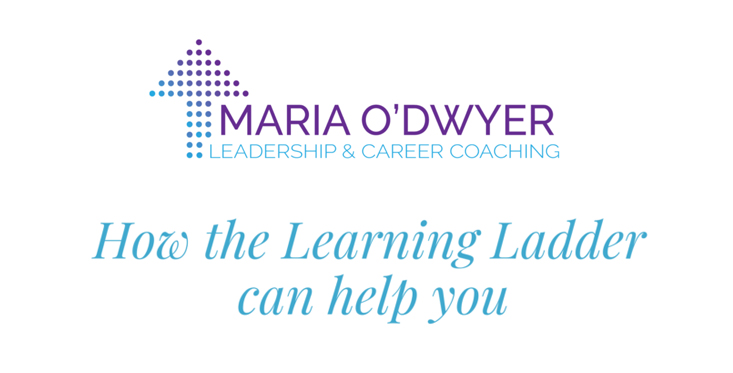
When we set out to learn a new skill, or indeed teach a new skill, it is helpful to know that there are a number of predictable stages that we will go through so that we can manage ourselves or support others to achieve their outcome. One model that explains this is the Conscious Competence Ladder also known as the Learning Ladder. This model explains the stages by which we learn and ultimately acquire a new skill. You can benefit from understanding this model by being able to figure out where you are in the learning process and what you can do to improve.
The Learning Ladder focuses on the interplay between awareness and competence. The most important thing to remember from this model is that feeling like you have no idea what you are doing in the beginning is perfectly fine. When you eventually start realizing you are making a lot of mistakes, that is not a bad thing either. Instead, these are both predictable and necessary stages of learning, that you go though as you slowly improve your abilities.
There are 4 stages of the Learning Ladder and this can be applied to virtually all learning scenarios.
1. Unconsciously Incompetent
You may have heard the saying “The beginning of wisdom, is to know that you know nothing”. This is the first stage of competence development that everyone goes through. This stage is where we don’t know what we don’t know. We don’t know that we don’t have certain skills or that there is something we need to learn. We are not even aware that we cannot do something. This is a state of blissful ignorance. In order to move on to the next stage of the ladder, a person must recognise their own incompetence and the value of the new skill.
2. Conscious Incompetence
The next stage can feel uncomfortable, we have gone from blissful ignorance to now being aware of the need to learn. This is where we know what we don’t know. We know that we don’t have the skill. We know that we can’t do something and we know that we are no good at it. This is a state where we may not care or it may be a state of motivation to learn a new skill. This awareness and understanding that you don’t know something is excellent because you now work out “How do I learn this skill?”. It is in this stage, the learning can begin and making mistakes can be integral to the learning process.
3. Conscious Competence
At this stage, we understand or know how to do something. We know what we know. We know that we have acquired the skills and knowledge we need. With regular practice confidence builds. We can now perform the task but we have to really think about it. This is a state of concentration and there is heavy conscious involvement in executing the new skill. At this stage, it is important to remind ourselves of how far we have come in developing the skill. We will need support to help us to develop the skill. Otherwise, we may give up and fall back to the state of conscious incompetence.
4. Unconscious Competence
The fourth stage is where we are able to use our new skills effortlessly, and to perform tasks without conscious effort. This is a level of mastery, the new skill has been integrated and has become a habit. We know that we can do it and we can do it without thinking too hard about it. We have had so much practice with a skill that is has become “second nature” and can be performed easily. This is when we no longer have to think about the skill. We don’t know that we have this skill as it now seems easy.
An example that demonstrates the Learning Ladder is: think of how you learnt to ride a bike.
Unconsciously Incompetent: First of all you did not know that you could not do it.
Conscious Incompetence: Then you fell off and knew that you couldn’t do it.
Conscious Competence: Then you really had to concentrate, but you could just about stay upright with stabilisers.
Unconscious Competence : Then you took the stabilisers off and could do it without even thinking about it.
The next time you are learning a new skill, see if you can identify the four stages of this learning model. I hope you enjoyed reading this article and feel free to share this article with anyone you feel might benefit from it.

